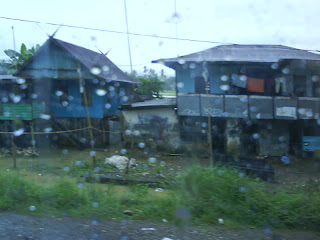
It's rare for me to have an ambivalent view on anything, but I've stumbled across a "tweet" on my Twitter page (presumably from one of my 800+ followers addressed to another photographer) which prompts this post.
I don't want to divulge more details than is necessary, so I'll use this hypothetical example:
A travel photographer with somewhat of a distinctive style travels to a remote location and photographs its indigenous people. A year later, another travel photographer with more or less the same style travels to the same location, and photographs the same people. The latter photographer stays at the same accommodations, uses the same guide/fixer, and the subjects are the same. To my knowledge, there's no contact between the two photographers...and there's no exchange of information. However, the photographs closely resemble each other in terms of subjects and photographic style.
So the question is whether this constitutes plagiarism or inspiration. Taking the example of the Rebari shepherd in the above photograph, would it be plagiarism if another photographer traveled to Poshina in Rajasthan, stumbled on my local fixer who then somehow arranged this particular shepherd to be photographed? I don't think so.
Would it be different if the photographer, having seen the above photograph, asked the Rebari shepherd to adopt the exact same pose? Is that plagiarism or just being inspired?
Perhaps it's the degree of the imitation that resolves the question. If the photographer shot the same Rebari, and purposefully arranged the photo shoot so that he'd wear the same exact turban and tunic, against the same background? Yes, I think that's the answer. If the imitation is purposeful and premeditated, then it is plagiarism...otherwise, it's just flattery.
Yes, that's it...I think.
















































